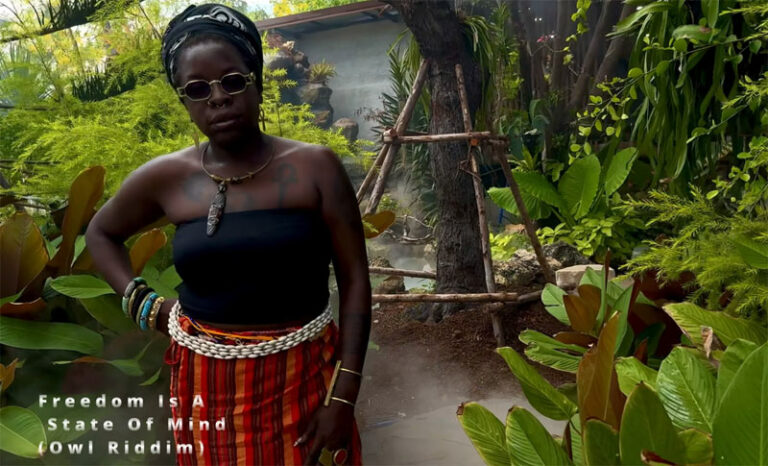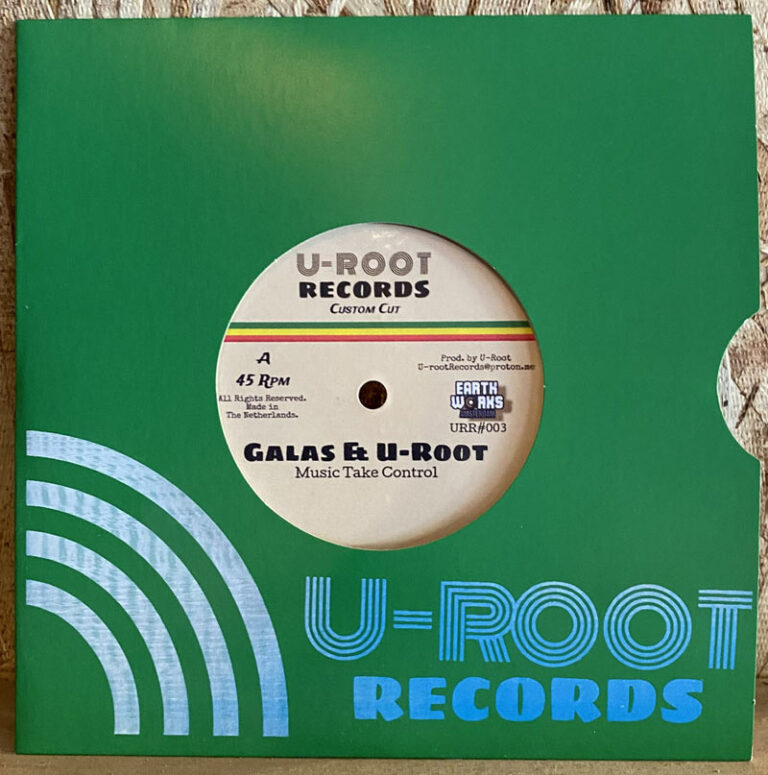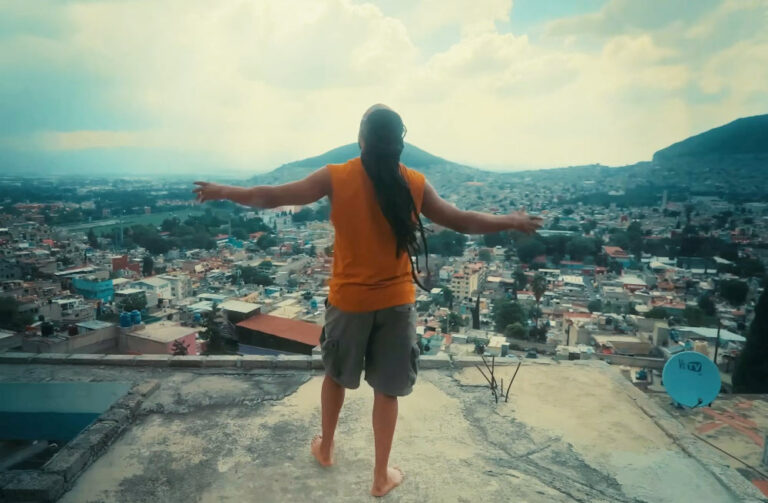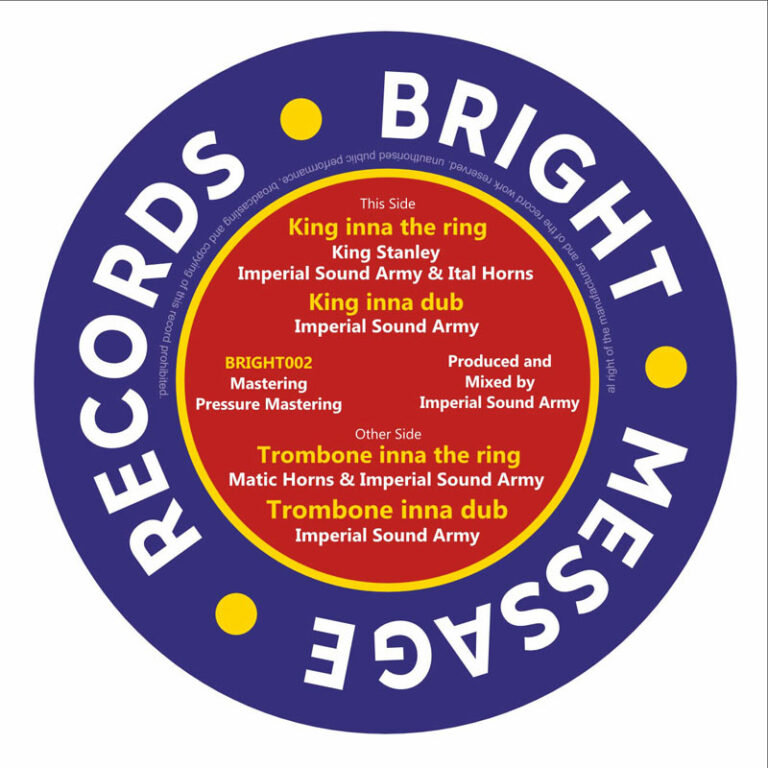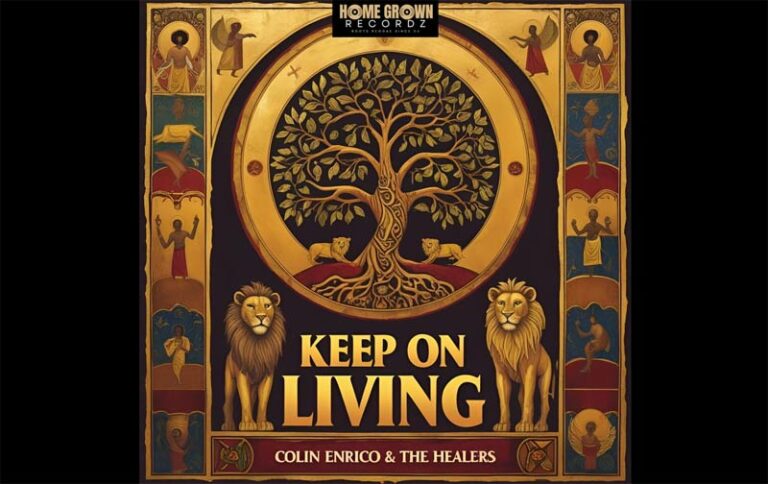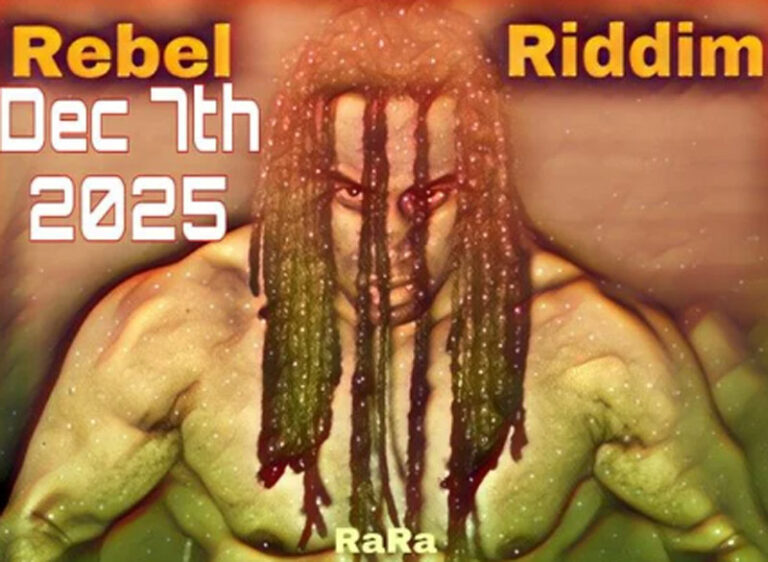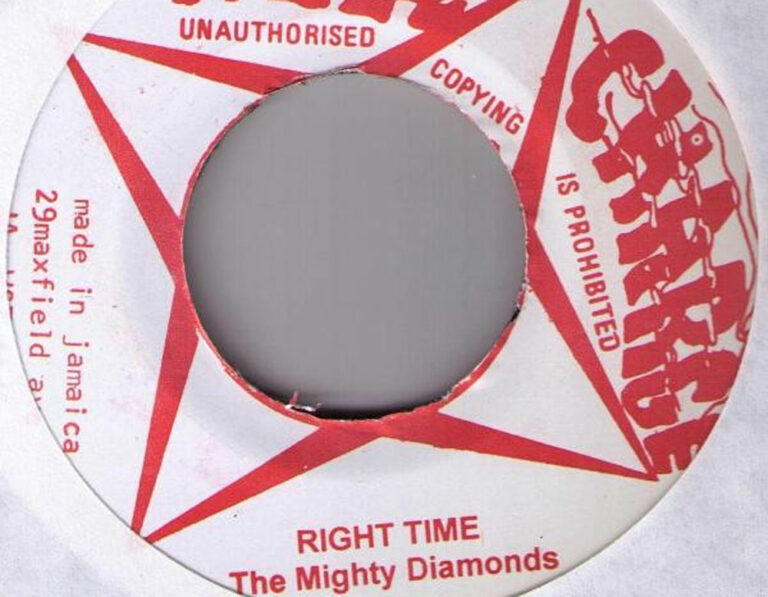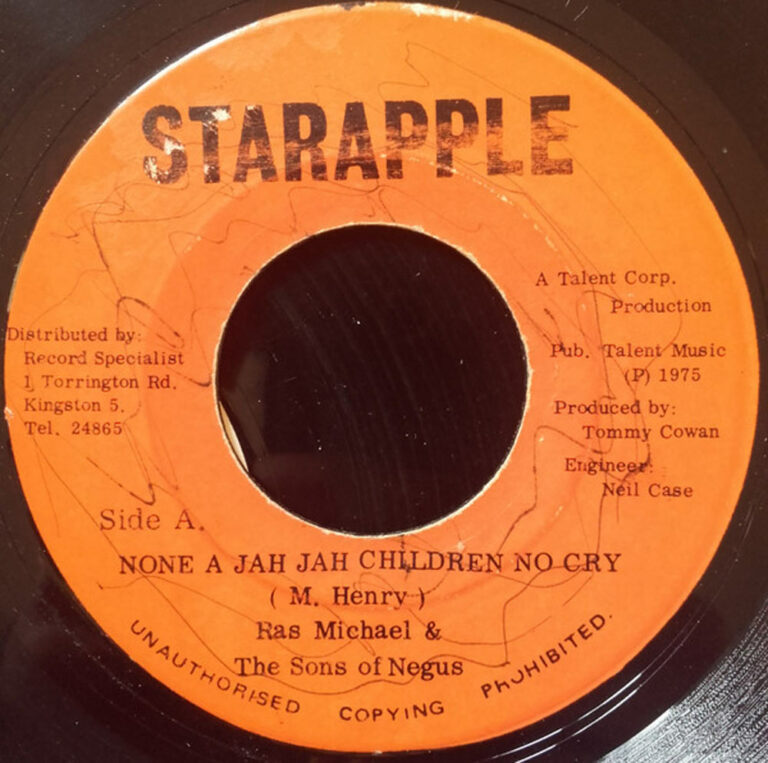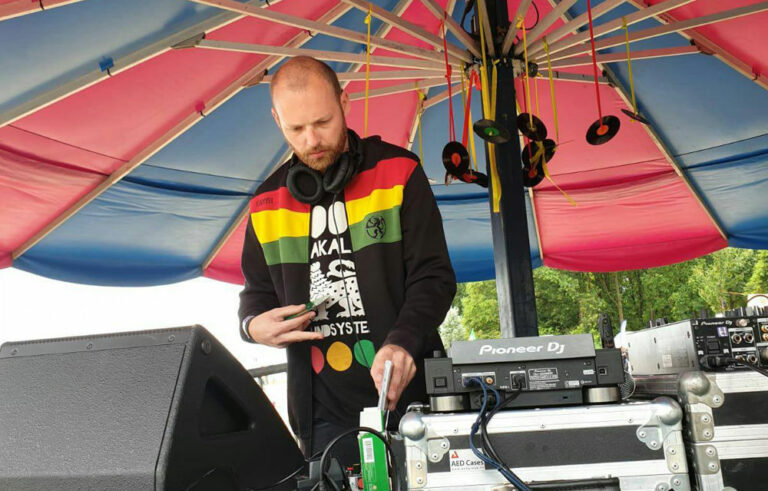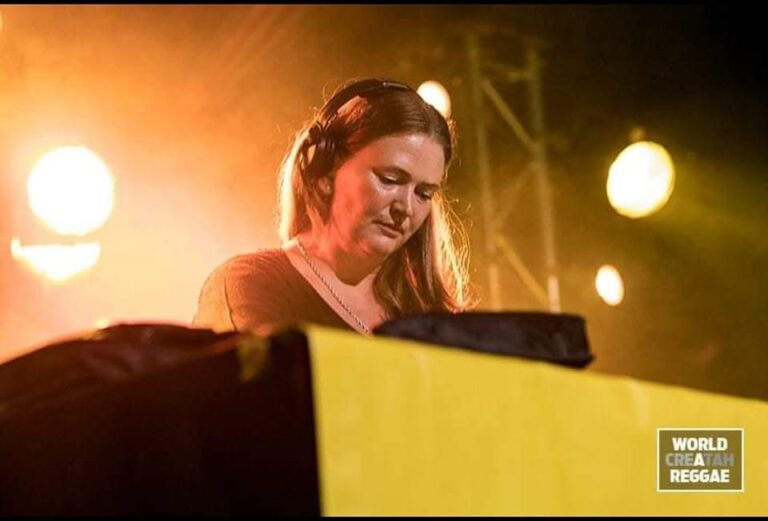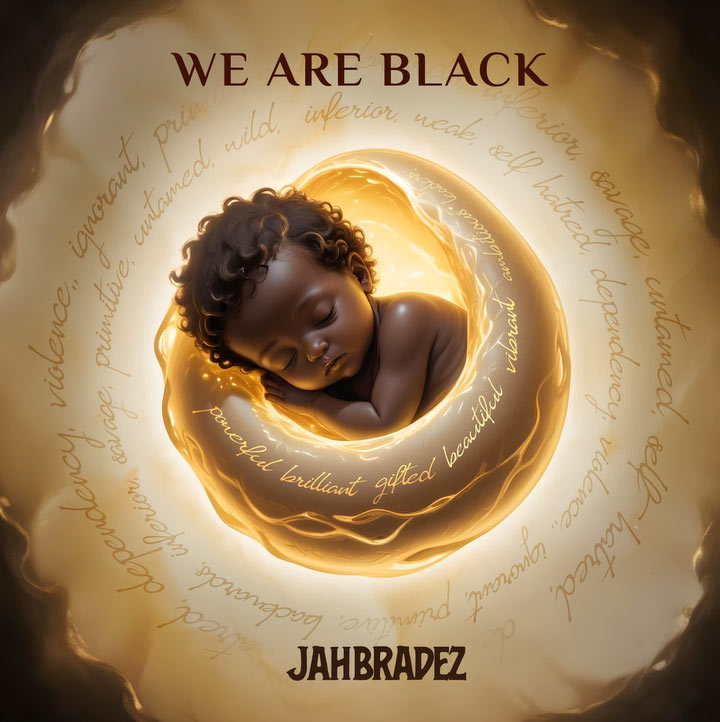
JahBradez realeases his 4th single We Are Black on Novermber 1, 2024. This comes after years of touring the U.S. and Europe with his band Pentatauch. We Are Black began taking shape about two years ago while I was in Pawtucket, Rhode Island. I was listening to a track I was supposed to work on, and the progression and chord movement resonated deeply with me. It felt like something in my spirit was awakened, and soon, I found myself humming melodies and singing lyrics. Though I didn’t finish the song right away, the concept and direction for what I wanted it to be were born in that moment.
Spotify: We Are Black – Single by Jahbradez | Spotify
Fast forward about six months, and the need to complete the song became undeniable. I began to recall memories from my high school history class, particularly the ideas we were taught about our origins—lines like “we were taught to believe the things that we saw were right” and “they told us we all came from monkeys.” Those concepts had always stuck with me, and they became a driving force behind the song.
To me, We Are Black is more than just music—it’s a conversation about the truths and fallacies we’ve been fed, particularly around the distorted narratives in European history

The inspiration for the We Are Black art comes from reflecting on the lyrics of the song and the journey of a child from the womb into the world. In the womb, a child is pure, untouched by the burdens of society. But once born—especially a Black child—the world imposes numerous obstacles, many of them rooted in systemic inequality, that threaten to diminish self-worth and pave the way for struggle. The weight of these societal expectations often surrounds you, making it easy to believe you’re destined for failure.
The We Are Black artwork, intends capture this duality. In the center, a baby is enveloped in positive affirmations—the nurturing words a mother might speak to her unborn child, instilling love, hope, and belief in their potential. Yet, as you move outward, the words shift. On the periphery, you see the harsh, limiting messages that the outside world imposes—messages of doubt, negativity, and expectation—projected onto the child. The contrast between these internal and external influences speaks to the struggle between the purity of one’s potential and the weight of societal conditioning.


